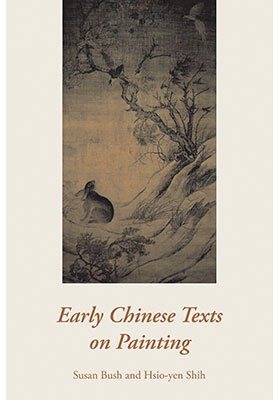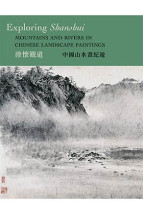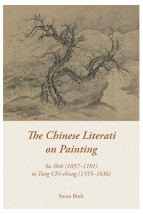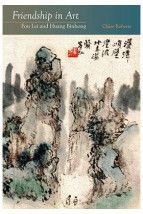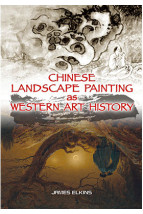Early Chinese Texts on Painting
(中國早期畫論)
ISBN : 978-988-8139-73-6
November 2012
416 pages, 6″ x 9″, 10 b&w illus.
- HK$270.00
Also Available on
For students of Chinese art and culture this anthology has proven invaluable since its initial publication in 1985. It collects important Chinese writings about painting, from the earliest examples through the fourteenth century, allowing readers to see how the art of this rich era was seen and understood in the artists’ own times. Some of the texts in this treasury fall into the broad category of aesthetic theory; some describe specific techniques; some discuss the work of individual artists. The texts are presented in accurate and readable translations, and prefaced with artistic and historical background information to the formative periods of Chinese theory and criticism. A glossary of terms and an appendix containing brief biographies of 270 artists and critics add to the usefulness of this volume.
“This is a book essential to our field of Chinese art studies, and one that should never have been allowed to go out of print. Having it available again will immensely benefit students and scholars of Chinese painting by providing them with a large overview of early Chinese writings on paintings along with a great many reliable translations of carefully chosen passages from them. Susan Bush and the late Hsiao-yen Shih were able to engage quite a few of the best specialists in our field as translators, and provided the running text that brings them all together into an account of the development of theoretical and technical writings up to the end of the Yuan dynasty. They also managed the large feat of compiling a 60-page ‘Biographies of Painters, Critics, and Calligraphers’ that is itself a valuable reference source. During my years of teaching I made this book constantly accessible to my students and assigned readings in it. Those who are still presenting courses in Chinese art history will be very grateful when it becomes available again to themselves and their serious students.” —James Cahill, University of California at Berkeley

